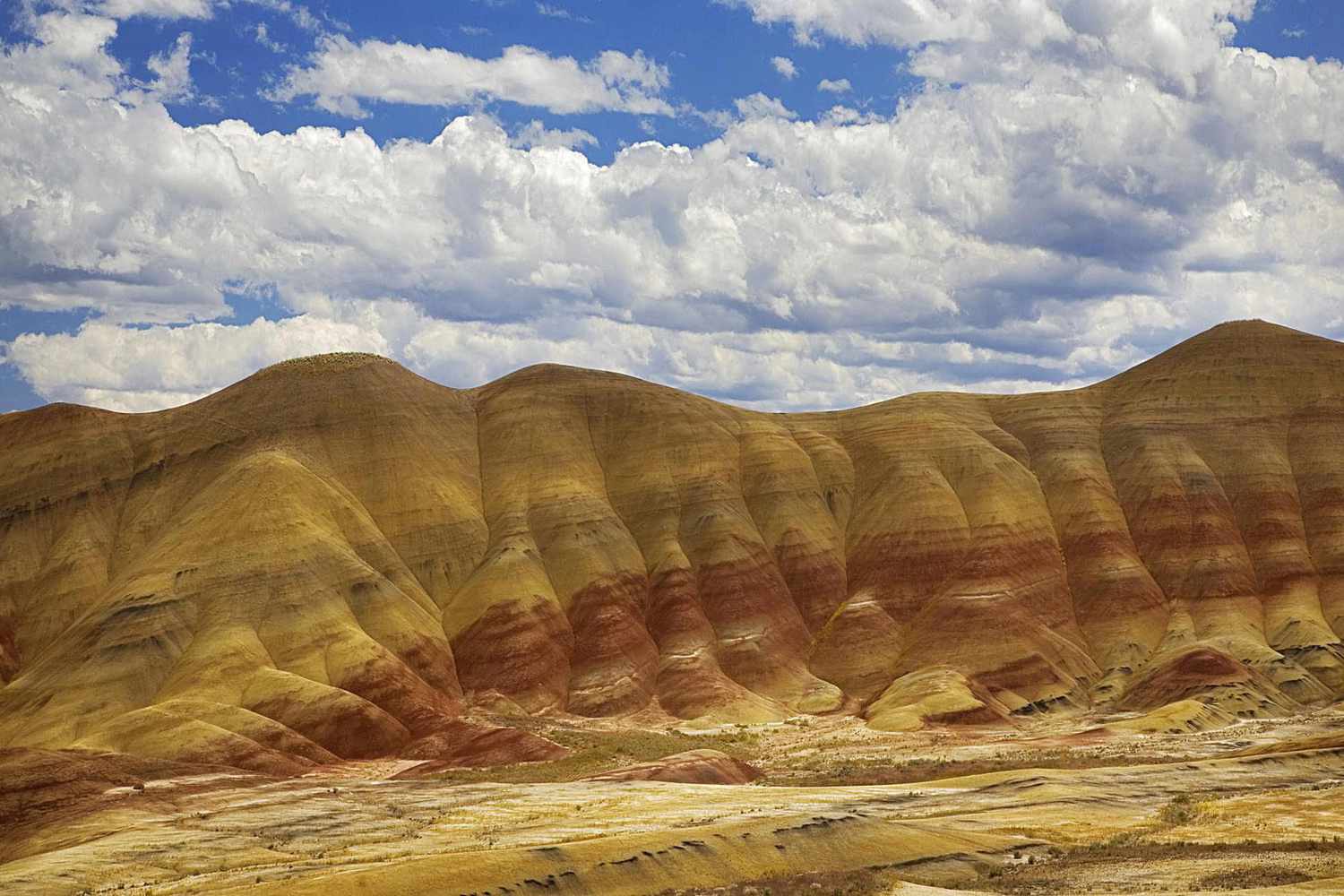
Lithification is a fascinating geological process that transforms loose sediment into solid rock. It occurs over millions of years through a combination of compaction and cementation. Understanding the process of lithification is essential to comprehending the formation of various rock types, such as sandstone, limestone, and shale.
In this article, we will delve into the intriguing world of lithification and uncover 15 astounding facts about this geological phenomenon. From the factors that influence the speed of lithification to the amazing structures and textures that result from it, we will explore the diverse facets of this natural process. So, let’s dig deep into the Earth’s history and uncover the mysteries of lithification!
Key Takeaways:
- Lithification is the amazing process that turns loose sediment into solid rock through compaction and cementation, taking thousands to millions of years and preserving ancient landscapes and fossils.
- Water, pressure, time, and cementing agents like minerals are the key players in lithification, which also plays a crucial role in forming oil reservoirs and economic rocks used in construction.
What is Lithification?
Lithification is the process that transforms loose sediment into solid rock through compaction and cementation.
Key Players in Lithification
The main players involved in lithification are pressure, time, and the presence of cementing agents like minerals and organic matter.
Sediment Types
Lithification can occur with various types of sediments, including sand, silt, clay, and even organic material like shells and bones.
Compaction
The first step in lithification is compaction, where the weight of overlying sediment squeezes the grains closer together, reducing pore space.
Cementation
Cementation happens when minerals or substances fill in the gaps between sediment grains, binding them together and forming a solid rock mass.
Environmental Influence
The environment in which lithification occurs greatly impacts the type and characteristics of the resulting rock.
Diagenesis
Lithification is a part of the larger process known as diagenesis, which encompasses all the physical and chemical changes that occur to sediment after deposition.
Different Types of Lithification
There are two main types of lithification: compactional lithification, which occurs through pressure, and cementational lithification, which occurs through the formation of mineral cements.
Lithification Timescale
The process of lithification can take thousands to millions of years, depending on factors such as sediment composition, burial depth, and tectonic activity.
Fossilization and Lithification
Lithification plays a crucial role in preserving and fossilizing ancient organisms, turning them into fossils that can provide valuable insights into Earth’s history.
Solidifying Ancient Landscapes
Lithification helps solidify ancient landscapes, preserving evidence of past environments and geological events within rock layers.
Economic Significance
Lithified rocks, such as limestone and sandstone, have significant economic importance as they are widely used in construction, architecture, and manufacturing.
Lithification and Oil Reservoirs
Lithified rocks act as reservoirs and traps for oil and natural gas, making lithification crucial in the formation of hydrocarbon deposits.
The Role of Water
Water plays a vital role in the lithification process by transporting cementing agents and facilitating chemical reactions between minerals.
Ongoing Lithification
Lithification is a continuous process, happening today in various environments such as river deltas, ocean floors, and deserts.
Conclusion
In conclusion, lithification is a fascinating geological process that involves the transformation of loose sediment into solid rock. This process plays a crucial role in the formation of various types of rocks, such as sandstone, shale, and limestone. Understanding the process of lithification helps us interpret the Earth’s history and unravel the secrets hidden within sedimentary rocks.
FAQs
Q: What is lithification?
Lithification is the process by which loose sediment is compacted and cemented together to form solid rock.
Q: How does lithification occur?
Lithification occurs through several stages, including compaction, where the weight of overlying sediment squeezes out water and air between particles, and cementation, where minerals precipitate and bind sediment grains together.
Q: What are some common types of rocks formed by lithification?
Some common types of rocks formed by lithification include sandstone, shale, and limestone.
Q: What factors can influence lithification?
Factors that can influence lithification include the type and composition of sediment, the amount of pressure exerted, and the presence of cementing agents.
Q: Why is lithification important?
Lithification is important because it preserves a record of Earth’s history within sedimentary rocks and provides valuable information about past environments, climate, and geological processes.
Was this page helpful?
Our commitment to delivering trustworthy and engaging content is at the heart of what we do. Each fact on our site is contributed by real users like you, bringing a wealth of diverse insights and information. To ensure the highest standards of accuracy and reliability, our dedicated editors meticulously review each submission. This process guarantees that the facts we share are not only fascinating but also credible. Trust in our commitment to quality and authenticity as you explore and learn with us.
